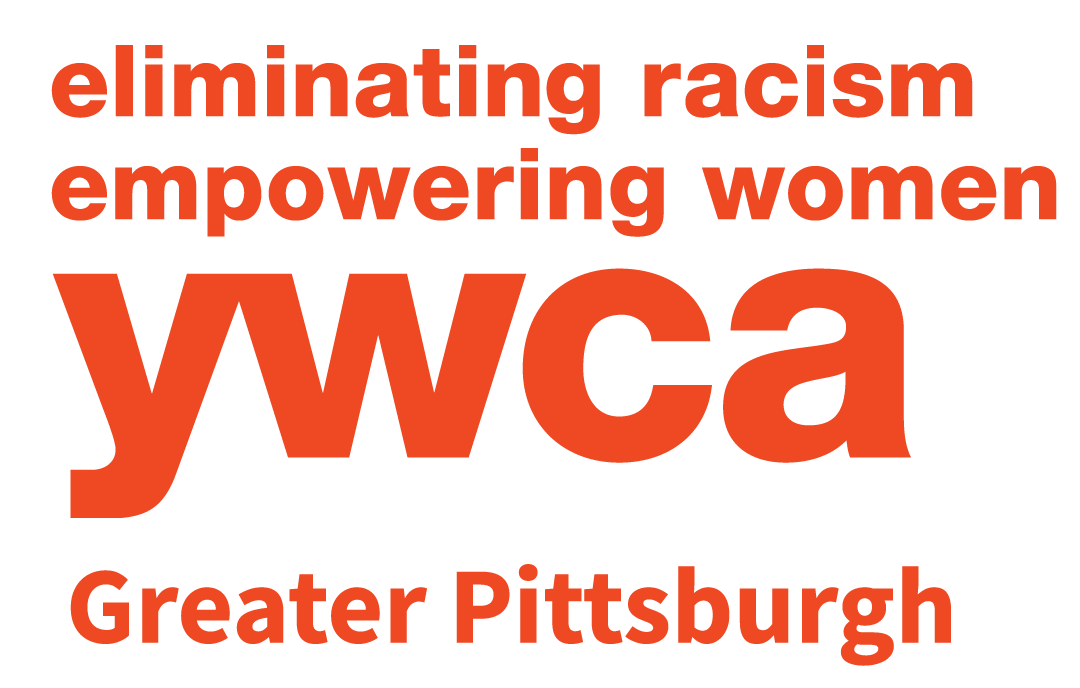Honoring Disability Pride Month
It’s Disability Pride Month, an “annual observance in July that celebrates people with disabilities, commemorates the signing of the Americans with Disabilities Act (ADA), and promotes disability culture and visibility.” In honor of this special month, we’re studying up on the Disability Pride flag and some key figures who paved the way for the passage of the ADA, which will celebrate its 35th anniversary this year.
The Disability Pride Flag
The Disability Pride flag has been gaining popularity inside and outside of the disabled community in recent years, and its first iteration was designed in 2019 by Ann Magill, a writer with cerebral palsy. Magill’s initial design featured a deep black background with bright, zig-zagging diagonal lines of red, yellow, white, blue, and green, but after getting feedback from individuals with visually triggered disabilities, Magill revised the flag to its current design.
Each color represents a part of the disabled community:
Red - physical disabilities
Gold - neurodiversity
White - invisible disabilities and disabilities that haven't yet been diagnosed
Blue - emotional and psychiatric disabilities, including mental illness
Green - sensory disabilities, including deafness, blindness, lack of smell, lack of taste, audio processing disorder, and all other sensory disabilities
Additionally, as described by Columbia’s Weinberg Family Cerebral Palsy Center, “the faded black background [symbolizes] mourning and rage for victims of ableist violence and abuse. The diagonal band cuts across the walls and barriers that separate the disabled from normate society, also representing light and creativity cutting through the darkness.”
Jazzie Collins & Johnnie Lacy
Jazzie Collins (1958 - 2013) and Johnnie Lacy (1937 - 2010) were two Black women disability rights activists who helped shape the disability rights movement and lead the way for the passage of the ADA.
Jazzie Collins
Collins was a Black trans woman activist who fought for trans rights, disability rights, and workers’ rights. She was also open about being HIV-positive. As a change-maker, she served on San Francisco’s LGBT Senior Disabled Housing Task Force and was a community organizer for the group Senior and Disability Action, among the many other roles she served in the community.
Johnnie Lacy
Lacy was a civil rights activist and pioneer for the Independent Living Movement, which called for autonomy, decision-making power, and independence for disabled people. In the 1970s, Lacy helped found the Center for Independent Living at Berkeley. She was a leader in raising awareness of the systemic barriers faced by disabled people, especially individuals with disabilities in the Black community.
While July is a dedicated month to learn about disability justice, it’s important to continuously grow our knowledge of the movement and how it’s intertwined with all areas of social justice.
“Disabled people have always existed, whether the word disability is used or not. To me, disability is not a monolith, nor is it a clear-cut binary of disabled and nondisabled. Disability is mutable and ever-evolving. Disability is both apparent and nonapparent. Disability is pain, struggle, brilliance, abundance, and joy.”
-Alice Wong, Disability Visibility: First-Person Stories from the Twenty-First Century



